¡Oh no! la página que buscas no existe...
Vuelve al home o revisa más abajo
Revisa nuestra blog
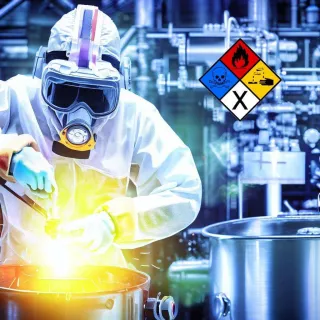
Qué es y para qué sirve HOY el rombo de sustancias peligrosas
¿Qué es y para qué sirve hoy el rombo de sustancias peligrosas? ¿La NCh 2120 y el Sistema Globalmente Armonizado (SGA) están redefiniendo la gestión de sustancias químicas peligrosas en Chile? Si tien... ...more
Serviex
April 23, 2025•11 min read

Litio en Chile: claves estratégicas para el comercio internacional
¿Por qué el litio en Chile hoy es mucho más que el “mineral de moda”? Descubre cómo el “oro blanco” está transformando el panorama del comercio local e internacional conociendo las principales claves ... ...more
Serviex
April 14, 2025•10 min read
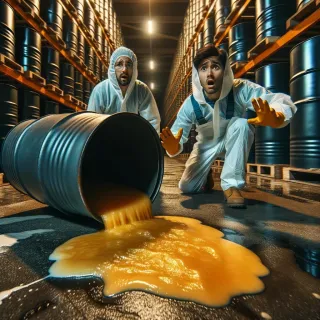
Las 9 clases de sustancias peligrosas y consejos de seguridad
Conoce en profundidad las 9 clases de sustancias peligrosas y aprende cómo manejarlas a la perfección para evitar riesgos legales y de seguridad… ¡No pongas en riesgo tu negocio ni la seguridad de tus... ...more
Serviex
April 14, 2025•13 min read
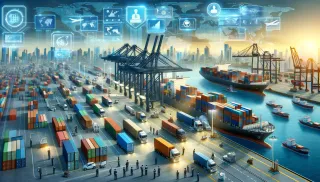
Certificaciones SICEP, REPRO y REGIC: el futuro del comercio
Conoce el papel vital de las certificaciones SICEP, REPRO y REGIC en el comercio local e internacional chileno de hoy; además, entiende cómo aprovechar estas certificaciones para impulsar la eficienci... ...more
Serviex
April 14, 2025•9 min read
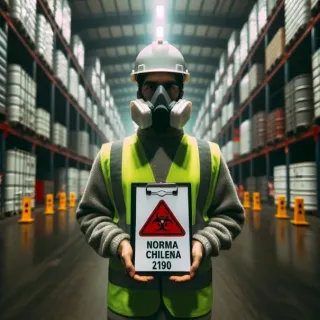
¿Qué establece la NCh 2190? ¿Cómo evitar problemas legales?
La NCh 2190 no es estática; ha pasado por diversas actualizaciones para adaptarse a los cambios tecnológicos y sociales de hoy. Conoce las últimas novedades para transportar sustancias peligrosas y al... ...more
Serviex
April 14, 2025•10 min read
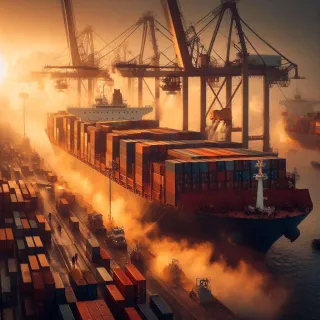
Pasos esenciales para importar y exportar químicos en Chile
Descubre cómo y por qué importar y exportar químicos es una oportunidad de negocio en auge en Chile. Conoce todo lo que debes saber sobre normativas vigentes, planificación estratégica y las perspecti... ...more
Serviex
April 14, 2025•9 min read

Qué es y para qué sirve HOY el rombo de sustancias peligrosas
¿Qué es y para qué sirve hoy el rombo de sustancias peligrosas? ¿La NCh 2120 y el Sistema Globalmente Armonizado (SGA) están redefiniendo la gestión de sustancias químicas peligrosas en Chile? Si tien... ...more
Serviex
April 14, 2025•11 min read

Minería chilena: desafíos y soluciones logísticas comprobadas
Minería chilena: desafíos y soluciones logísticas comprobadas ...more
Serviex
April 14, 2025•8 min read

Gestión de inventario: 8 problemas frecuentes de una bodega
Te entendemos: enfrentar problemas en la gestión de tu inventario puede ser muy frustrante. Este artículo te ayudará a identificar los contratiempos más comunes y te proporcionará soluciones prácticas... ...more
Serviex
April 14, 2025•8 min read

La guía definitiva para gestionar concentrado de cobre en Chile
Descubre la importancia del concentrado de cobre en la economía global y por qué Chile se ha convertido en líder mundial. Además, en esta guía detallada aprenderás todo lo que necesitas saber sobre el... ...more
Serviex
April 14, 2025•8 min read

El rol insustituible de las bodegas para sustancias químicas peligrosas
De la importación a la distribución, las bodegas de sustancias peligrosas juegan un papel fundamental en nuestra vida diaria. Este artículo te llevará al corazón de estas instalaciones, revelando su c... ...more
Serviex
April 14, 2025•7 min read
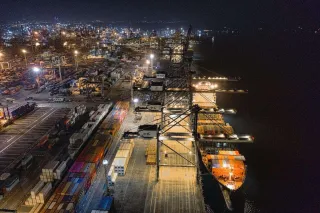
Cargas IMO: Conoce las 5 mejores prácticas para su manejo
¿Necesitas más información para saber qué hacer exactamente con tus cargas IMO y evitar así un posible problema mayor? Aquí están las 5 mejores prácticas posibles en el manejo de cargas peligrosas: es... ...more
Serviex
April 14, 2025•8 min read
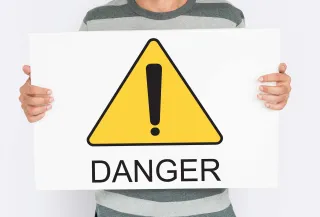
Manejo de residuos peligrosos: consejos simples y rentables
Conoce el universo del manejo de residuos peligrosos, domina el arte de controlarlos con facilidad, y descubre cómo un plan de manejo adecuado puede abrirte puertas a un futuro más sostenible y rentab... ...more
Serviex
April 14, 2025•7 min read
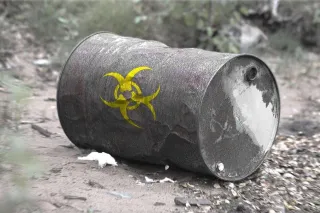
¿Qué es Suspel y Respel? Diferencias y asesoramiento gratuito
Suspel y Respel son dos términos que cambiarán tu forma de hacer o entender tu negocio. Conoce las diferencias y garantiza tu seguridad (y la del medio ambiente). Además, si quieres asesoramiento grat... ...more
Serviex
April 14, 2025•6 min read

Decreto Supremo 43: resumen actualizado de la ley en Chile
El Decreto Supremo 43 es una normativa esencial en Chile para aquellos que almacenan sustancias peligrosas. Te presentamos, de forma resumida, aspectos fundamentales que debes cumplir para un almacena... ...more
Serviex
April 14, 2025•9 min read

¡ESCUCHA NUESTRO PODCAST!
En nuestro podcast Químicos Wedding Planners aprenderás todo lo que tienes que saber sobre importación, exportación, almacenaje y distribución de químicos, residuos, fármacos y carga general.

Certificaciones


Teléfonos
Atención 24/7: (+56) 9 4173 7193
Casa Matriz (+56) 3 2229 9569
Planta Suspel y Respel: (+56) 4 4291 9017
Droguería: (+56) 4 4336 4982
Gerencia: (+56) 3 2229 3448




